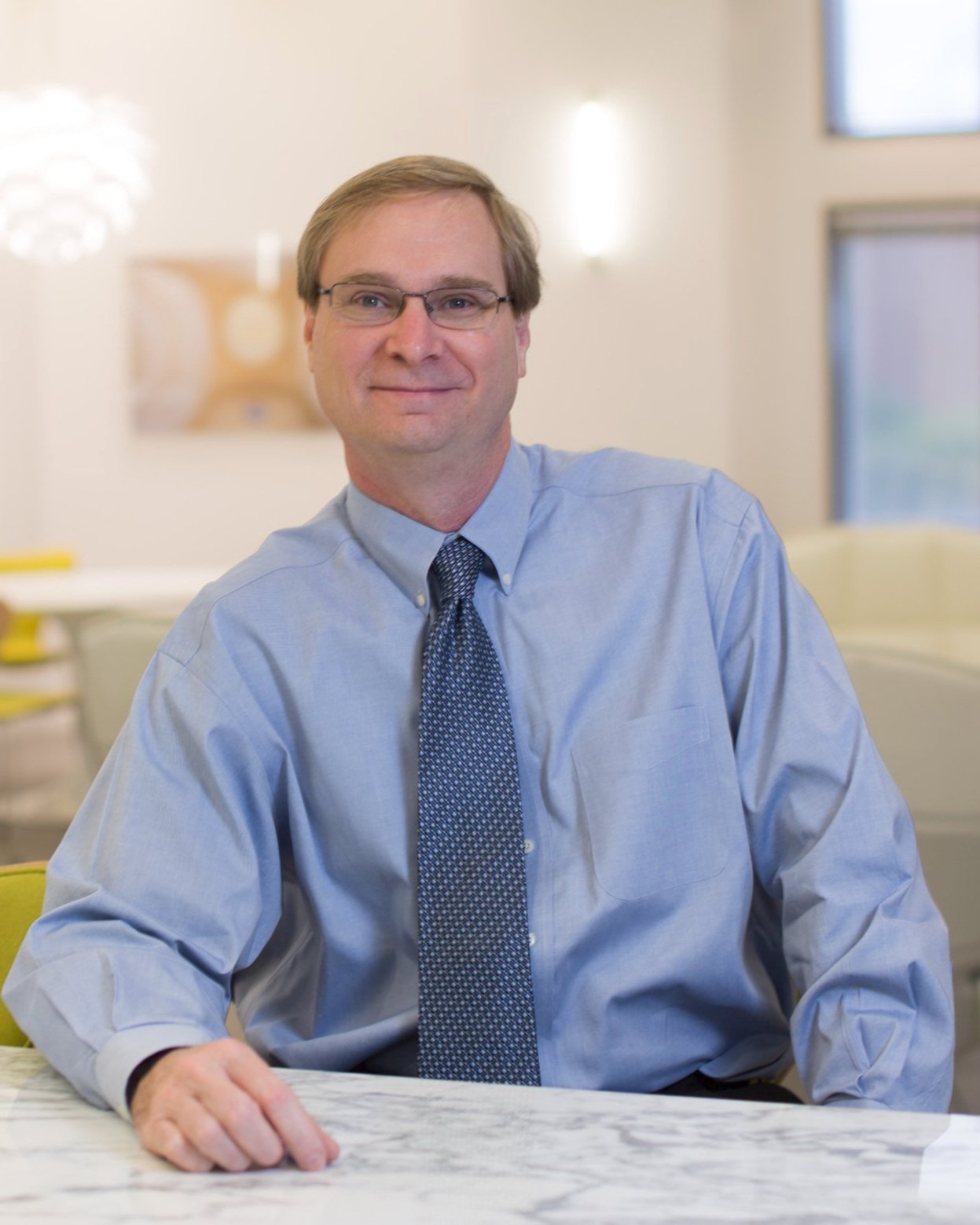Team Member Q&A: Chris Petrash
Q: As senior designer on many of Ziegler Cooper’s most recognizable projects over the years, you have had many opportunities to influence Houston’s built environment. That’s quite a responsibility! For any particular type of building, what would you say are the most important things for an architect to achieve with a building’s design?
CP: The responsibility hit me quite early in life when I was still studying architecture. I had listened to a tape of Frank Lloyd Wright talking to his apprentices about when the glass on his first office door shattered, leaving lettering on the floor that spelled out the word “ARCHITECT.” Wright told those young minds that the incident hit home to him the responsibility of the ‘Architect!’ I really took to heart the lesson Wright taught from it. Designing a building is no light exercise – once it is built, it will be there for a long time – it could affect people either negatively or positively.
Every element of the building is important, and it all has to work of course, but most importantly, because of that responsibility towards the people who will gaze upon, enter, and interact with the building, the emotions that the building elicits from people is paramount. Great architecture has the power to uplift people. It has the power to touch the human spirit. If an architect is doing their job right, then the design of the building will be experiential, it will elicit feelings of wonder, fun, and a desire for exploration.
Q: When designing a new building, what is the part of the process that you enjoy the most?
CP: I like the puzzle part of the process. A building has so many parts to its design from aesthetics to the function of each space, and the arrangement of the pieces that must be organized and clear as you move through the building. I like to put it all together in my head and go through the various iterations before putting it down on paper. In this way, building design is very similar to what a composer does with music. Think of all the complexities in a classic symphonic composition by Bach, for example. Similarly, the Architect must compose aesthetically and functionally all the elements of building and space to produce a work as a whole that is unified to its site and function. During this process, the “big idea” is developed about what the DNA of the building is supposed to be.
Q: You have said that natural light can be used in many ways as a building element. What other building elements – perhaps that can sometimes be overlooked – create beauty and functionality in a design when very thoughtfully approached?
CP: Lighting is important because it reveals a lot of the other elements. For example, different musical elements like rhythm and melody employ instruments like percussion and strings to tell a story in music. Architects use light as an instrument to accentuate different elements in the building, to create rhythm within repeating elements for example. But all the building’s elements are important. The great thing is to not just satisfy a building’s functional element, but to make all of its elements work really well together. One that is often overlooked is negative space which is an element itself either within the building or outside. Designed well, adjacent buildings can embrace the outside negative space to create an experience and a place with a story of its own.
Q: Do you have a proudest achievement?
CP: There are several proud professional achievements, but the biggest for me has to be the Co-Cathedral of the Sacred Heart. I am Catholic, so having the opportunity to pour my soul into that project for several years was another one of those responsibilities to something bigger than myself, and a chance to give back to the community. On a personal level, the birth of our two children and watching them grow into fine adults, tops everything for both me and Shari.
Q: What pastimes or activities do you find most inspiring or relaxing?
CP: Growing up I had a real passion for softball and kept that up for years in adult leagues and it was a real outlet for relaxing from stress. Now that I can’t do that any longer, we like to travel more. I am lucky and grateful that Shari is so patient – I admit, I pretty much dictate where we go and what we do – our destinations are always in search of the experience of great architecture!


